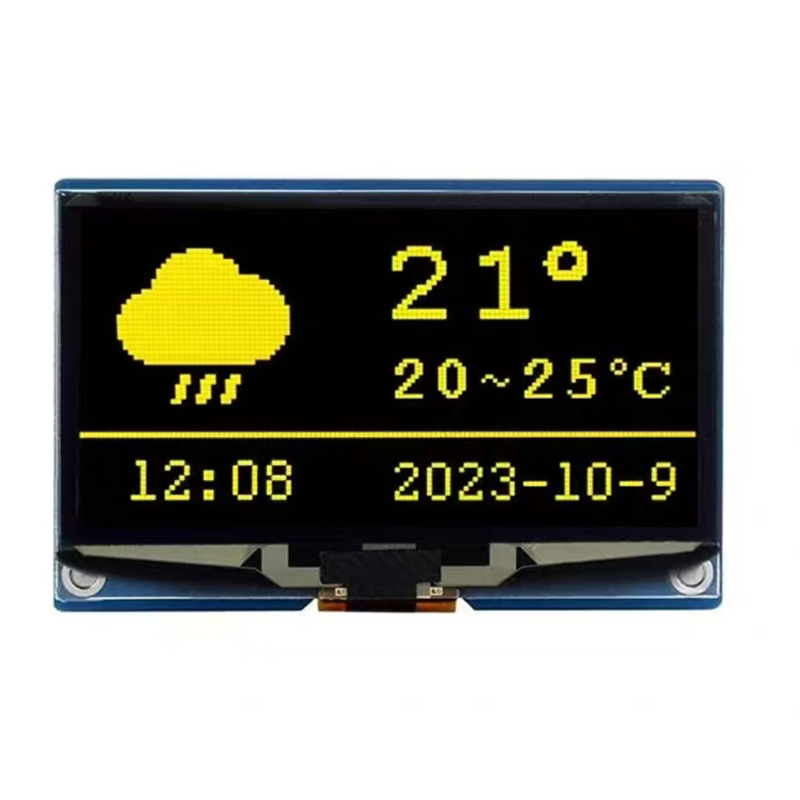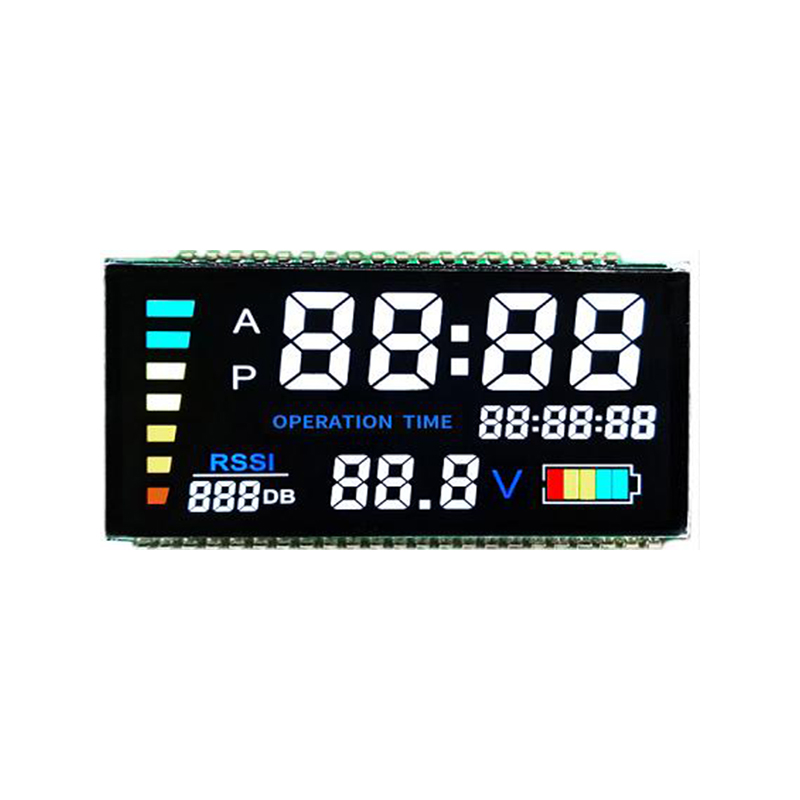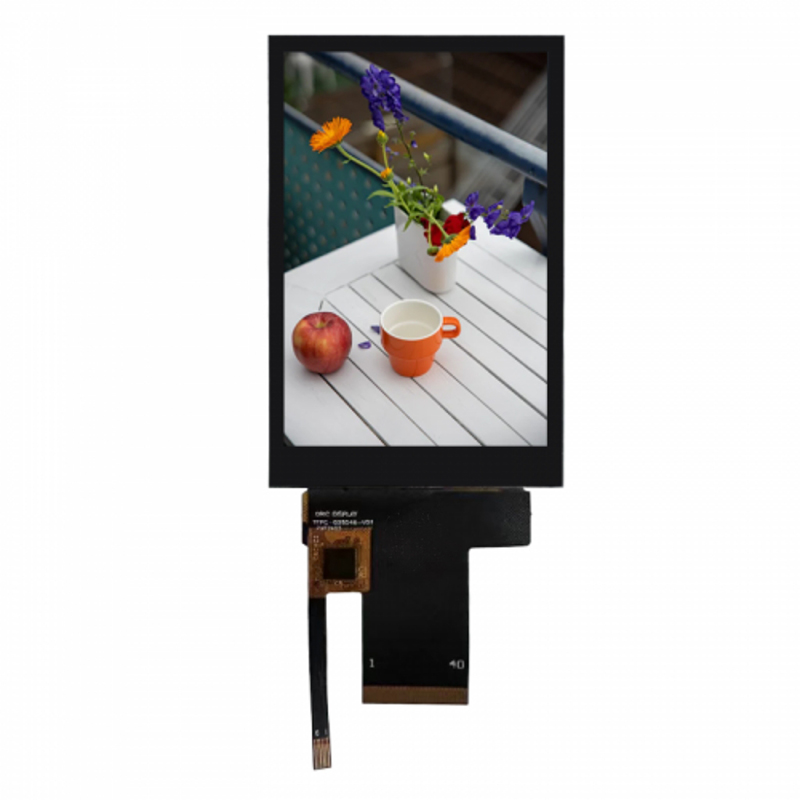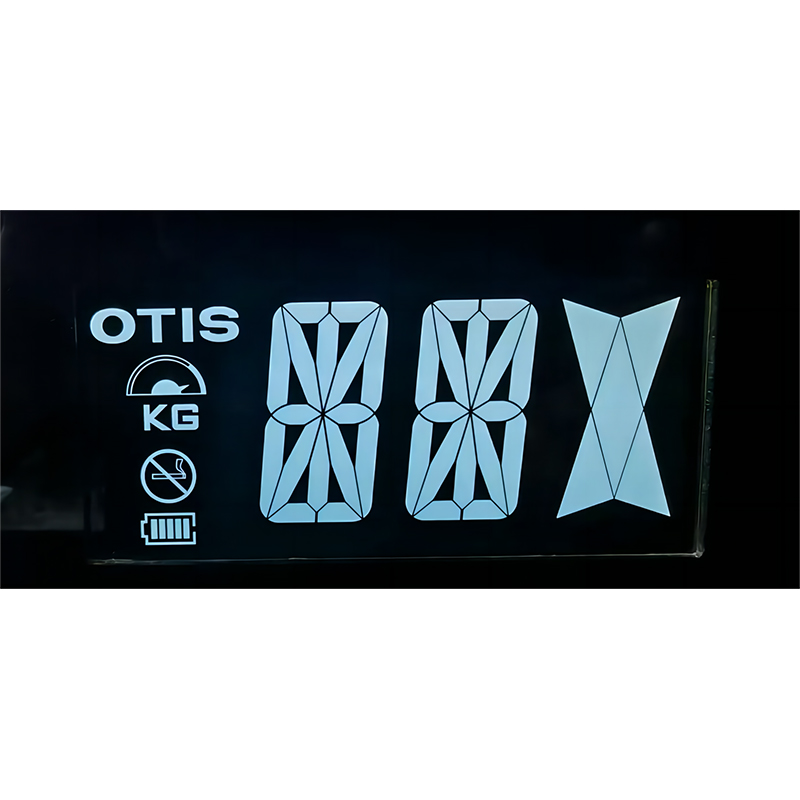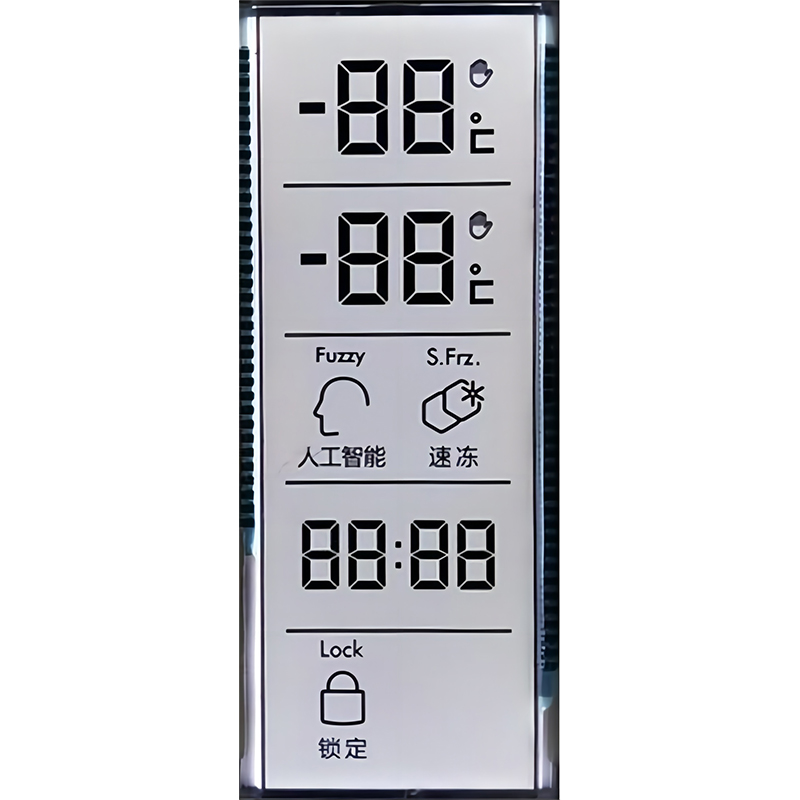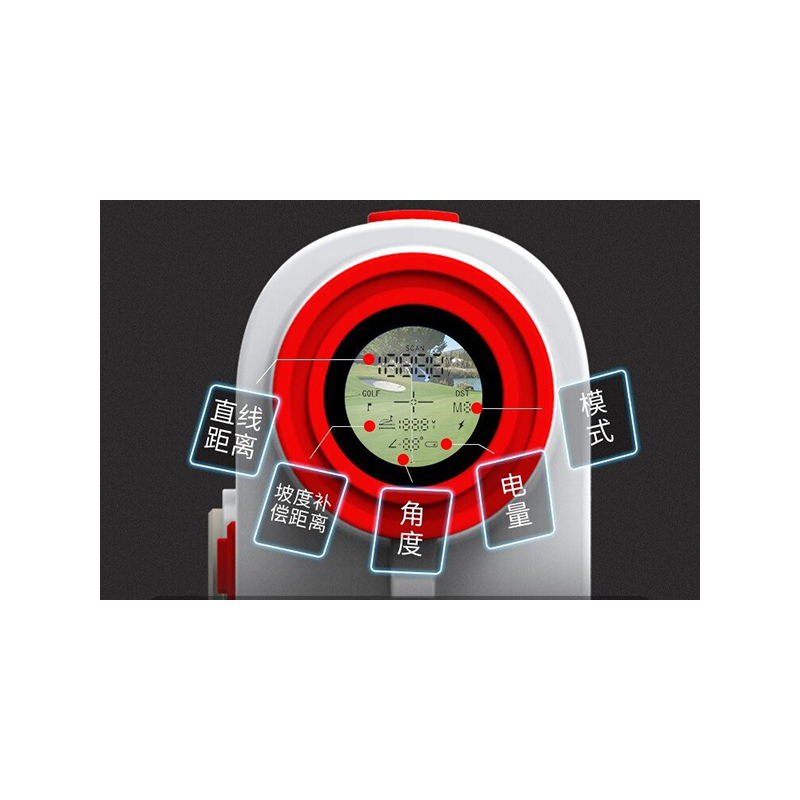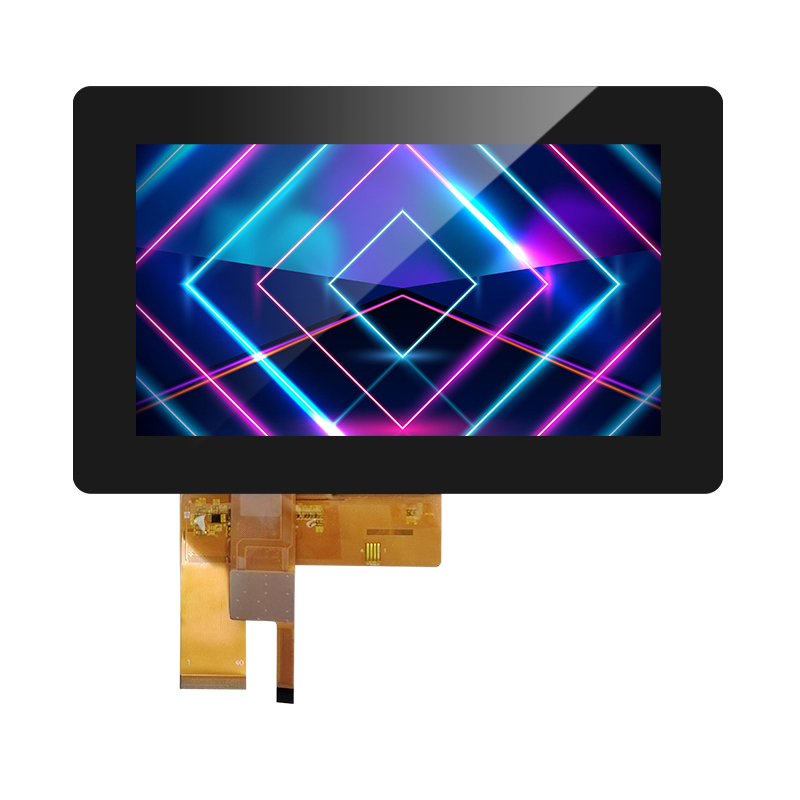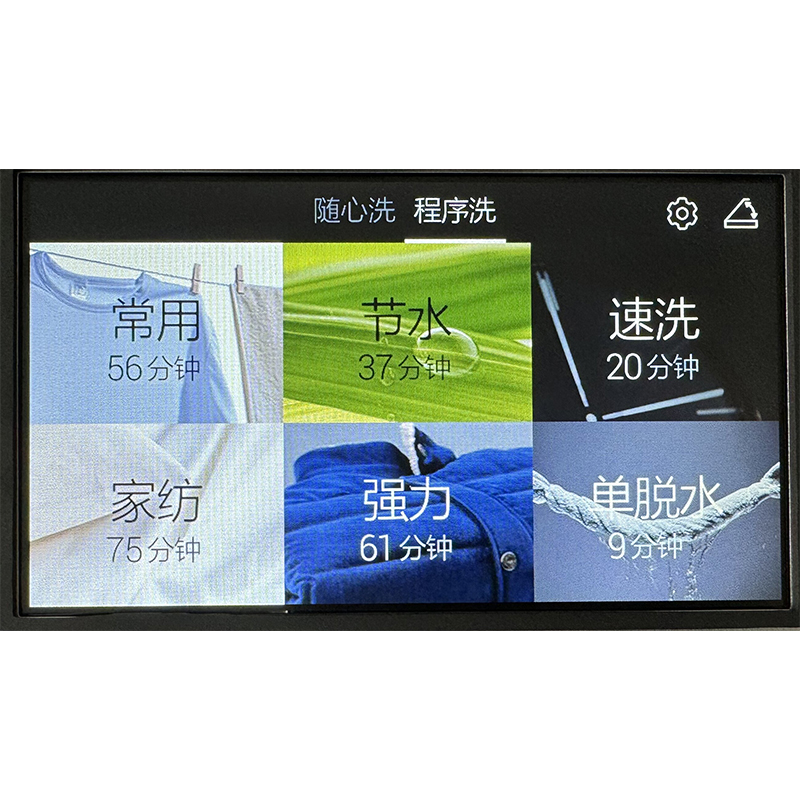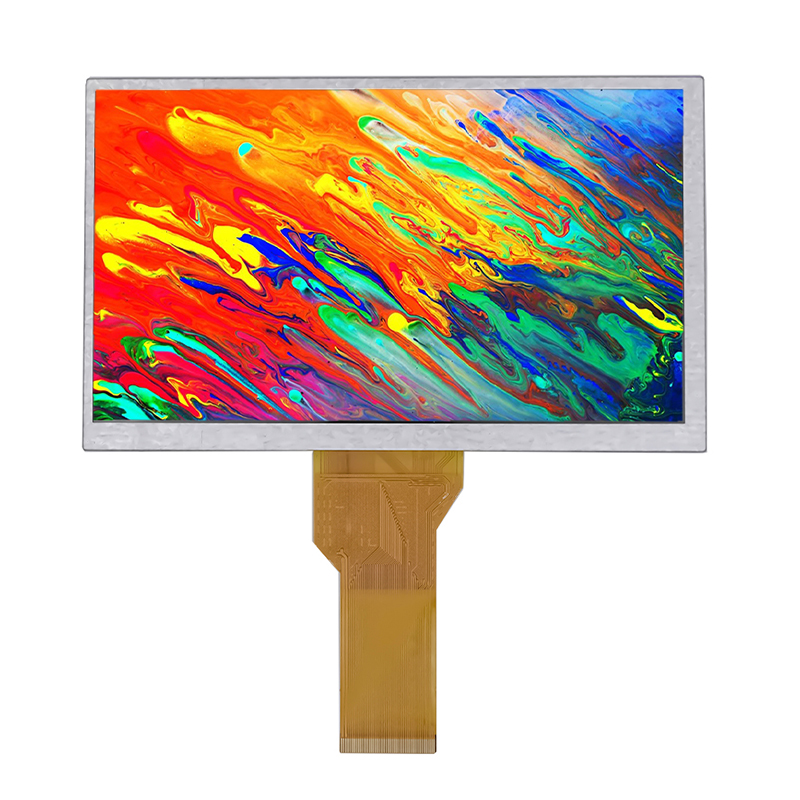
Choosing the right 3.5 TFT display can be challenging given the wide variety of options available. This guide aims to demystify the process, providing you with the knowledge to make an informed decision. We'll delve into key specifications, common applications, and factors to consider when selecting a 3.5 TFT display for your project. Whether you're a hobbyist, engineer, or part of a larger manufacturing team, understanding the nuances of these displays is crucial for success.
TFT, or Thin-Film Transistor, technology is the dominant display technology in many applications, including 3.5 TFT displays. TFT displays use a transistor at each pixel to control its voltage and therefore its color and brightness. This results in superior image quality and sharper contrast compared to older technologies like passive-matrix LCDs. Key aspects to consider include resolution, color depth (number of colors), and viewing angle.
Resolution refers to the number of pixels across and down the screen (e.g., 320x240, 480x320). Higher resolution means a sharper, more detailed image. Pixel density (pixels per inch or PPI) indicates the concentration of pixels within the display area. A higher PPI generally leads to a crisper image, but may also impact power consumption. Finding the right balance between resolution and PPI is important for optimal visual experience within the compact 3.5 TFT display form factor.
Color depth determines the number of colors a display can produce. Common color depths for 3.5 TFT displays include 16-bit (65,536 colors) and 24-bit (16.7 million colors). A higher color depth results in more vibrant and realistic images. Color gamut refers to the range of colors the display can reproduce. Wider color gamuts allow for more accurate and lifelike color representation.
3.5 TFT displays are versatile and find applications in various industries and devices. Some common examples include:
Several factors need consideration when selecting a 3.5 TFT display:
Common interfaces include SPI, I2C, and parallel interfaces. The choice depends on the capabilities of your microcontroller or system.
Power consumption is crucial, especially for battery-powered devices. Check the specifications carefully to ensure it meets your requirements. Lower power consumption often translates to longer battery life.
Consider the operating temperature range if the display will be used in extreme environments.
Common backlight types include LED and CCFL. LED backlights are generally preferred for their energy efficiency and longer lifespan.
| Feature | Option A | Option B |
|---|---|---|
| Resolution | 320x240 | 480x320 |
| Color Depth | 16-bit | 24-bit |
| Interface | SPI | I2C |
| Backlight | LED | LED |
Note: This is a simplified comparison. Always consult the datasheets for specific details.
For a wide selection of high-quality 3.5 TFT displays, consider exploring the offerings from Dalian Eastern Display Co., Ltd. They provide a diverse range of options to meet your specific needs.
Remember to always refer to the manufacturer's specifications for the most accurate and up-to-date information on any specific 3.5 TFT display.

